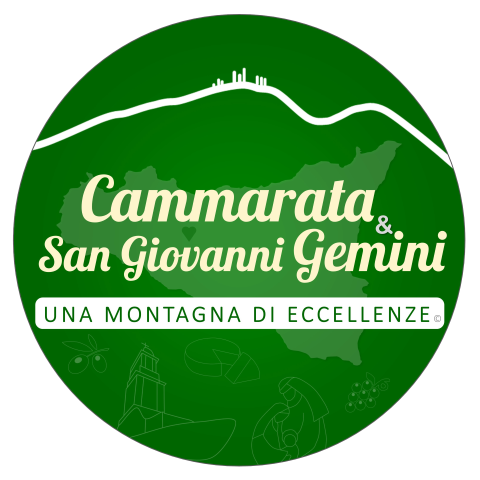The Tumarrano.
The name probably comes from Marran, the denomination of the title that crosses the territory. The Found makes it derive from any-murran, “Resting place at the watering hole of the ash tree” The Tirrito He believes that the ruins of the Tumarrano are those that can be seen in Casalicchio.
The farmhouse was certainly important because in the controversy with that of the Garcia a certain Sanson was named who was baiulo.
The Spata in the volume The Greek Parchments reports the diploma which concludes the long border dispute between the inhabitants of Karsa and Tumarrano. In front of Eu genius of Cales, sent by the bishop of Cefalù to protect his interests in the area, the "senes de regimine" of the neighboring lands of Micciche, Casaba, Cassaro, Gurfa, Vicari, Ciminna, Petralia, Caltavuturo, Polizzi, Cammarata and Cuscasino. They, after taking the oath, recognize the boundaries of the two territories as they are marked in a writing held in the hand of de Sansone, baiulo del Tumarrano. The border "goes up along the river that descends to the Zyét farmhouse and turns to the herd called Zumach and then goes up to Muddoc and from there it goes up to the greenhouse called Nadur Lacséf and from there it goes down to the valley called Chandac Elaphe that is Vallone di Bruca which descends to Miste al balat and, having crossed the same stream, climbs along the greenhouse up to the greenhouse which has three immobile stones up to the door called Bebelgeramine, that is the door of the deer, where is the fortress where there is a cave called Gar Legibe and from which it descends to the source called Ayn Saddit which is near the Algeramine herd and then descends to the Megel valley, that is Cisterna and from there it rises serra serra, up to Gar Ilme called Megin in the southern part of the Tumarrano and descends serra serra, up to the top of the mountain called Mikal -sintil ".
The Christian elders were the notary Basilio di Cefalù, the notary Nicolò di Petralia, executioner, the priest Cololanno di Vicari, Syr Bonomo di Cuscasino, Syr Ricalimus of Caltavuturo, Syr Giovanni, father-in-law of Benedetto, and the abbot of Biccari Churagnatus, the priest Pietro di Vicari and Bernardo priest, Giovanni Sasso, Amato and Benedetto Corbiso and Basilio Hagius, all from Cammarata, the elderly Saracens were the gaito Rohonun of Micciché, the elderly Aly, son of Ychia di Micciché, the old Calif, son of Hu mur of Micciché, the gaito Humur of Micciche and the gaito Aly Elboni fati of Gurfa and the gaito Aly Petroliti of the Casale di Yale and Rubiker, son of the successor of the farmhouse of Yale, the gaito Chuseyn, son of Abdelmuchsen of Cassaro and Brahym , son of Humur di Cassaro. From the description given in the document it is clear that the Tumarra did not have a door, the Porta dei Cervi and a fortress, perhaps fortified.
Its territory was well defined, like that, we suppose, of the other hamlets and other lands. The elders of Tumarrano are not mentioned, but the baiulo Samson, secret of the doana (administration) with his office legitimately makes us believe that it had a civic organization like the lands of the time. It seems superfluous to point out - also because we have already said - that A names of the elders of Cammarata are all Greek or Latin, while most of those of the neighboring lands are Arabs.
Taken from the book by Monsignor Domenico De Gregorio "Cammarata news on the territory and its history" of 1986




